Grey Wagtail scored 10 for the balance.
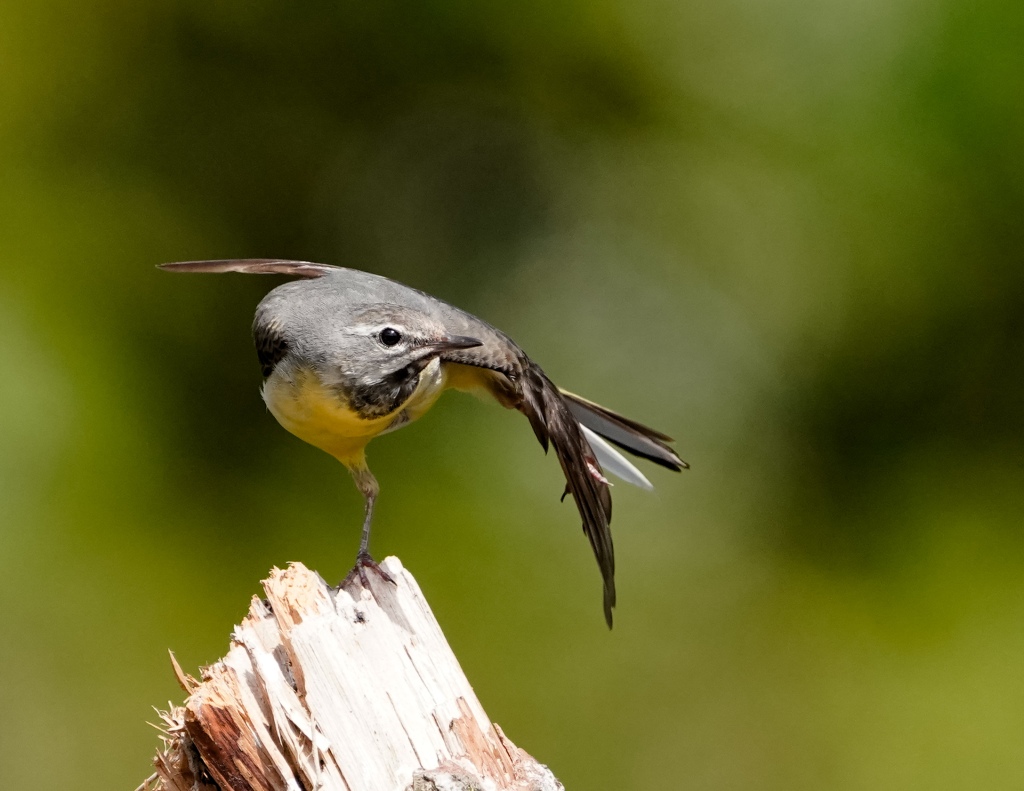
Grey Wagtail scored 10 for the balance.

I know the little fish got eaten but to capture a shot like this with the 20 frames a second means you don’t miss any action.
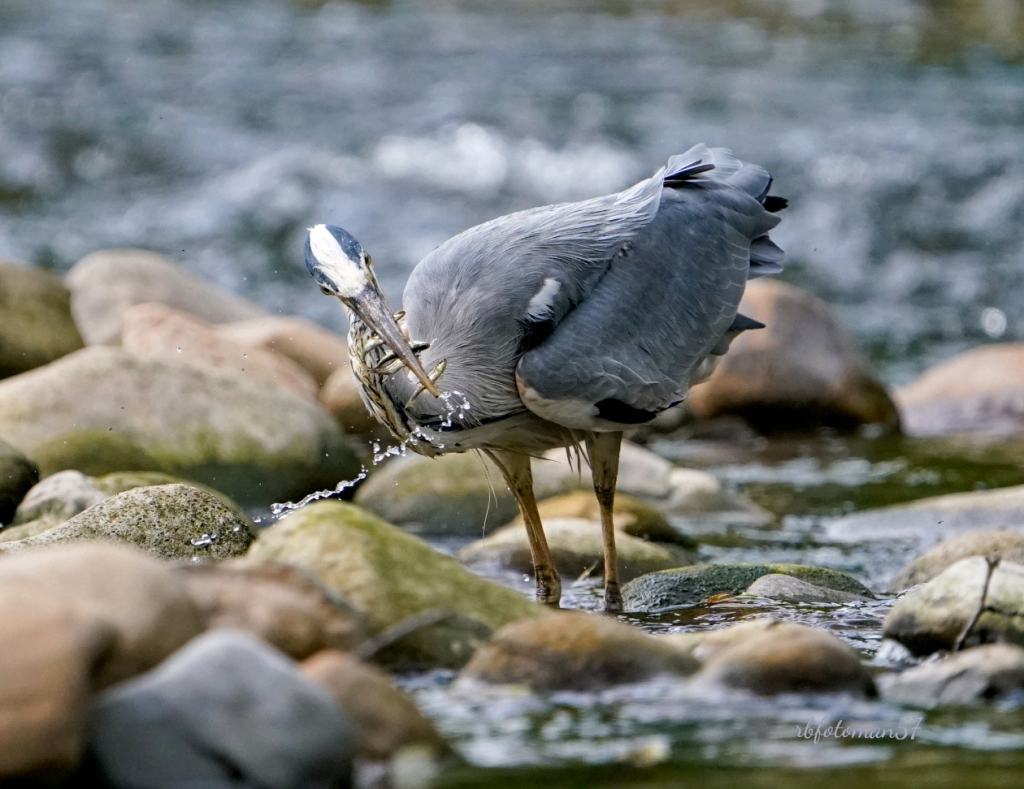
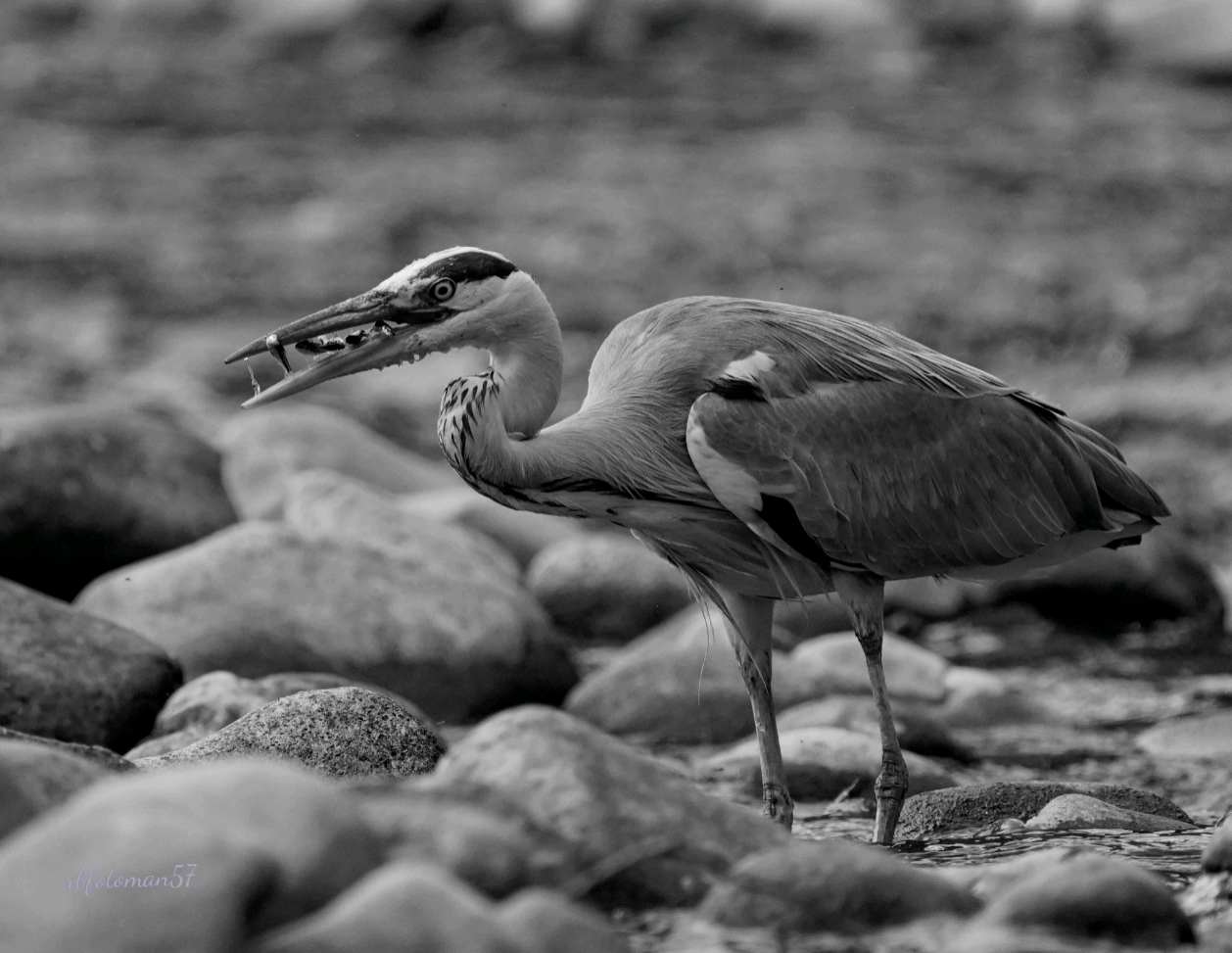
arriving late this season was a shame but the wildlife seems to be behind the usual time. The Swallow has only just arrived and the Jacdaw Crow are still collecting material for the nest. But it looks like the Tawny Owl is well into the breeding process with the first young one seen last night.
Saying that the Kingfisher seems to be well behind and not feeding like you would expect at the end of April. I see the first young fledge around 1st May so it will need more observations this week to see if both adults are busy on the river. I have had a fantastic 2 weeks seeing the Red Fox, Roe Deer and Buzzard all in image distance with some great shots to go to my collection.
The Red Fox being my best image of the year so far
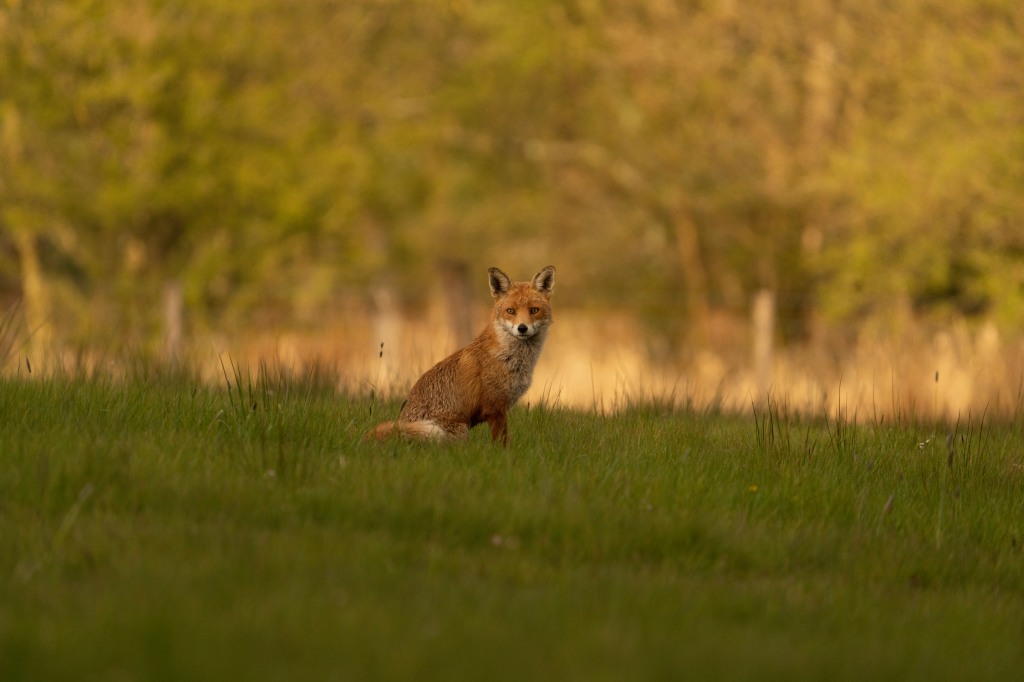
Then spending time on the river i came across the Kingfisher and after a few visits i managed to get a few images, which are not the best and i hope to get better when i visit next, as i dont think the young have fledged yet.
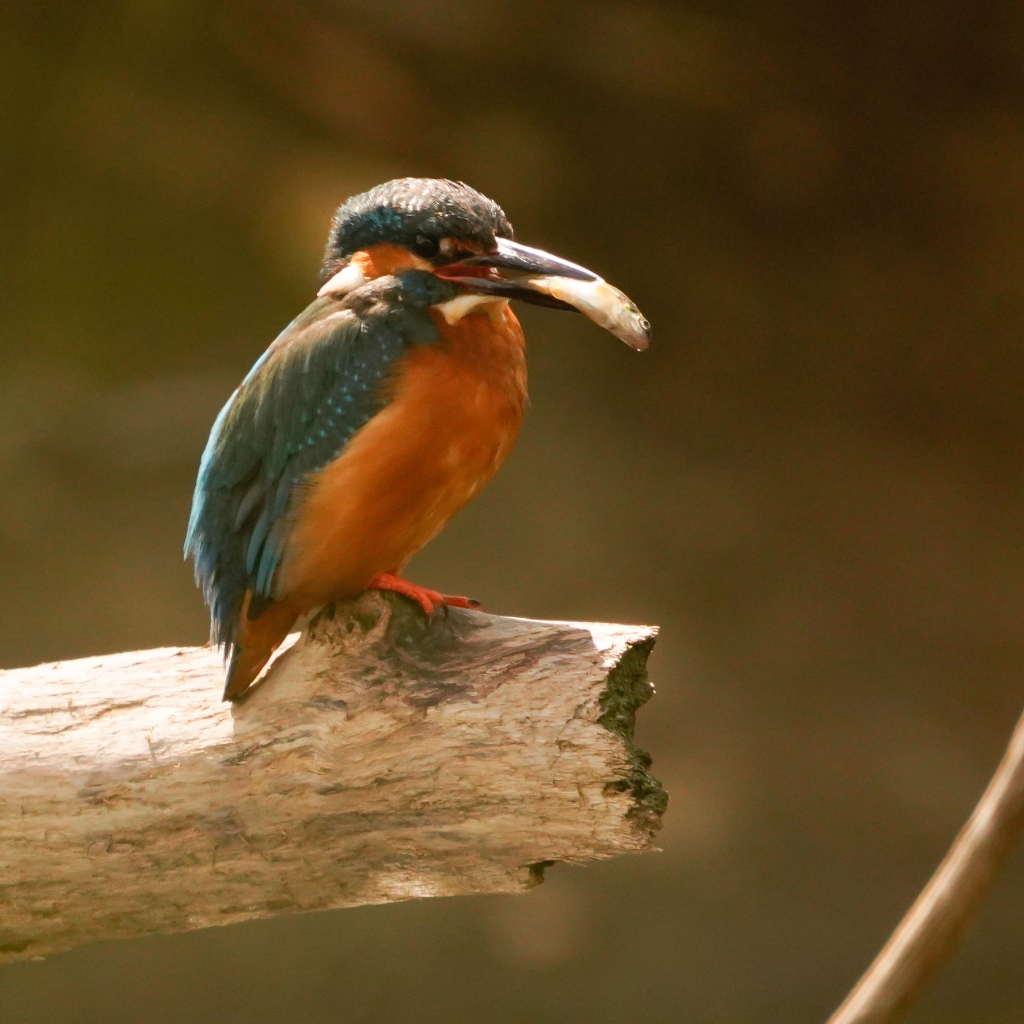
So with the first few weeks on site a real good start it just got better when i found out that a Barn Owl Nest Box i built and placed up on the moors in my mates barn has got a adult bringing voles in, means they could have young in it.
I will be updating as i find more birds and animals on site and on my travels
Blackie
Will it happen is the Question.
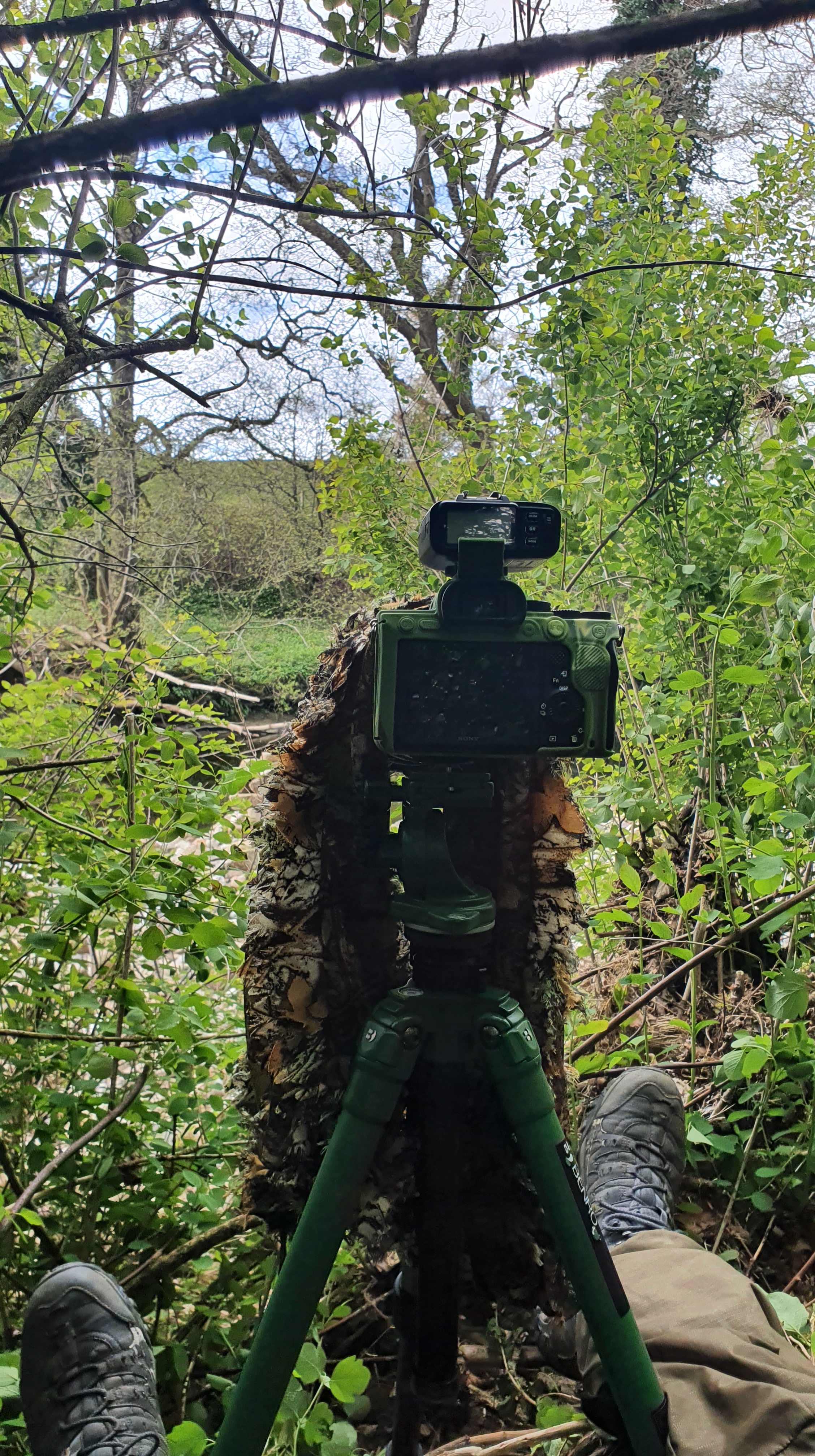

The Amazing colourful birds arrive on my feeders like clockwork and you have to love the species that visit this bird haven here on our site. The Siskin female with no black head and the vibrant Male Redpoll come together with the big green and yellow Greenfinch.











Every year for the 7 the Swallow has arrived at the Stables on site, they nest in 3 stables the same every year. They arrive by 19 April at 5he latest so I ask myself what has happened to this amazing little bird that travels 5,000 miles to nest here in the UK
I will keep you posted if they arrive.
Blackie
The little wader feeds on the banking near to me, not a care as it finds food in the moss close to the rivers edge. Blackie sits opposite trying to get the settings right so he can get a nice reflection.



Arrived this morning to wait for the wildlife to come and have their image taken, I didn’t have to wait long when the adult Dipper came up the river on my side. The juvenile following it copying what mum was doing. The video I took in 4K shows the



So after 10 hours plus my day was filled with happiness when i went to the river this morning at 6 am and sat down and waited for the Kingfisher to make an appearence. Sadly i waited for 2 hours with no sight of the Kingfisher. When i was leaving the Dipper came out onto a rock.
The location was across the river in the sunlight but with no way of getting near enough it looked like i would have to leave it. Then i remembered i had bought some waders before i came up here. So i drove home and let Bella out, played with her and got hear fresh food ready. Ruth was still in bed after a bad night coughing.
I made my way back down to the Wenning and made my way across the river to where the Dipper had been sitting. I set up my camera and set the Video to 4K and slow motion just in case. I only had to wait 5 minutes when a little juvenile Dipper landed on a rock just in front of me so i filmed it then took some still images of it. The Adult also made an appearence before they both flew back down river.




I will be going back in the morning to see if any more Dipper young have fledged. Hope you enjoy the images and video

Tought it would be interesting to share the knowledge of the birds i photograph, so as i find film and share my images i will tell you a little about the bird to make the blog a little bit more imformative instead of just the iamge.
Ilearn so much by just sitting on the river it is very calming and rewarding is so many different ways. Nature comes to you a but unexpexted which makes it more exciting, yes its luck a lot of the time and it may not happen at all.
Even after 12 years of filming every week i find myself loosing my skills, like the last 9 days moving a lot of the time wanting a image so bad causes me to rush things and on a quiet river that wont work, movement will only scare and disrupt normal behaviour of all wildlife.
Yesterday was a classic example i moved 3 times looking for the Kingfisher and Dipper, but the one time i stayed still for an hour the Dipper landed.

This beautiful bird bobs up and down on the roscks only giving its location away by its white bib and throut, if it wasnt for these markings i would it would be hard to spot. But its a very interesting bird, it uses its little wings to walk and swim under water looking for small creatures. Dippers feed on aquatic invertebrates, including mayfly nymphs and caddisfly larvae, and small fish such as minnows. They spend %66 of the day looking for food.
Nest sites are traditional, and are used by successive generations of birds. One site is said to have been used continuously for 123 years. The nest may be built in any suitable site within the territory, but it is traditionally located in a natural crevice in a stream-side cave or waterfall, although the birds readily take to cracks in man-made alternatives such as bridges, walls, weirs and culverts. The same nest is usually re-lined and used for the second brood, but only rarely is a nest from a previous year re-used.
The nest is a domed structure of moss, grass stems and leaves, with a wide entrance usually pointing down towards water. There is an inner cup of stems, rootlets, leaves and hair. It is built by both sexes over a 28 day period, with the female completing the lining to the inner cup.
A clutch of 4-5 white eggs are laid at daily intervals. Clutches are normally started between March and May. Dippers breeding at good quality sites may start as early a February, but those at high altitudes and/or near acidic streams start later, lay smaller clutches and rear smaller broods than birds on better quality sites. Pairs also rarely attempt a second brood on these poor quality sites.
The eggs are incubated by the female for about 16 days, beginning with the last egg, meaning that the brood hatches synchronously. The young are brooded by the female until they are 12-13 days old, but both parents feed the young.
The young fledge at 20-24 days but are fed for a further week, becoming fully independent 11-18 days after leaving the nest. During this time the nest site may be used by the family to roost in.
A second clutch will be started about 10 days after the fledging of the first one. The age of first breeding is one year, though males sometimes take longer.
Blackies Summary.
Understanding birds is more important to me than an image and must come first if you want to truly respect the bird and how its life starts and how it survives our UK climate, breeds and hunts all make up a more interesting image when filmed and shared as a photograph. I hope this gives the followers a understanding of the Dipper.

After getting my first images of the Kingfisher i went back this afternoon to the river and set up in some shrubs near the river bank. I had heard the Dipper flying past fast but i could not see if the bird was carrying any food for the young. I waite ages and just as i was about to move the Dipper landed opposite me on a small rock then flew to another one. Sadly i had used APS-C mode so the resolution is not the best but its a first and more to come.
The Dipper feeds under water catching creatures for the young, its great to watch it dive below the water and swim up stream ctaching things and rising out of the water with it. I will try and film it if i can so people can see how good it is at fishing.

6 days at the river sitting waiting for birds to come and pose for me, everything i tried failed through my own fault not taking time to prepare and not waiting long enough in one spot. Yes i am 64 and when the odd stone is digging into your hip you start to move. Then the Heron spots me 4 times in 2 days just about to fish on the river.
So i got up and wnet to the river and thought i would wait hours again, but thats what is amazing about wildlife its the luck of the draw. Sitting down next to the tree i have chosen to film the Kingfisher i position my self checked my settings and focused on the branch that the Kingfisher had been sitting on yesterday.
it happened within 5 minutes, a Male Kingfisher with a small fish in its beak. Its a male because the beak is Black top and below where as the female has black on top and Orange below. They must be feeding the young as the fish it was holding was head first so when the baby gets in in the nest in pitch black it swallows it so the scales face backwards so they dont get stuck in the babies throat.
They feed in total darkness and what is unique abou the Kingfisher is that the young rotate round when fed so all the young get the same ammount of fish. They usually have 4 to 5 young and they are fed by both adults catching 100 fish a day to feed the young.
I was no where near the nest and i dont know where it is but if i did it is a protected bird and you cant film anywhere near the nest site. It landed for about 6 secs and flew up river.


